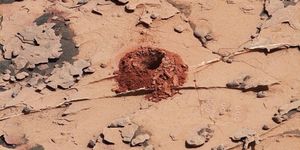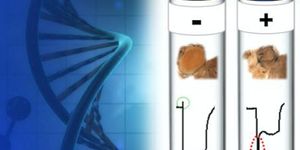Battery-free Toys Powered by Nanogenerators
Often you see or hear toy commercials finished with one peculiar tagline: batteries not included. However jokable this may sound, it exposes an inconvenient reality: toys, by the count of millions, consume batteries, particularly disposable alkaline batteries. Some may get carefully processed and properly disposed, while most end up in the landfill.
This begs the question: can we make toys that generate their own electricity? The arrival of nanogenerator raises the hope of solving this problem once for all. A nanogenerator can convert mechanical energy into electricity.
A team of Korean researchers incorporated specialized nanogenerators known as TENG (Triboelectric nanogenerator) into a popular toy-rubber duckies. These miniature powerhouses allow the toys to gather energy from vibrations from water in the bathtub. This study was reported in the latest issue of ACS Sustainable Chemistry & Engineering.
TENG can generate power via the so-called triboelectric effect (also known as triboelectric charging). Certain materials become electrically charged after they come into frictional contact with another material. Sounds familiar? Rubbing glass with fur, or comb a plastic comb through hair, can build up triboelectricity.
Although not generating much electricity, nanogenerators, many believe, have just enough capacity to power the next generation smart electronics such as battery-free toys, nano/micro-size personal devices, and smart wearable systems.
Source: ACS via Youtube








